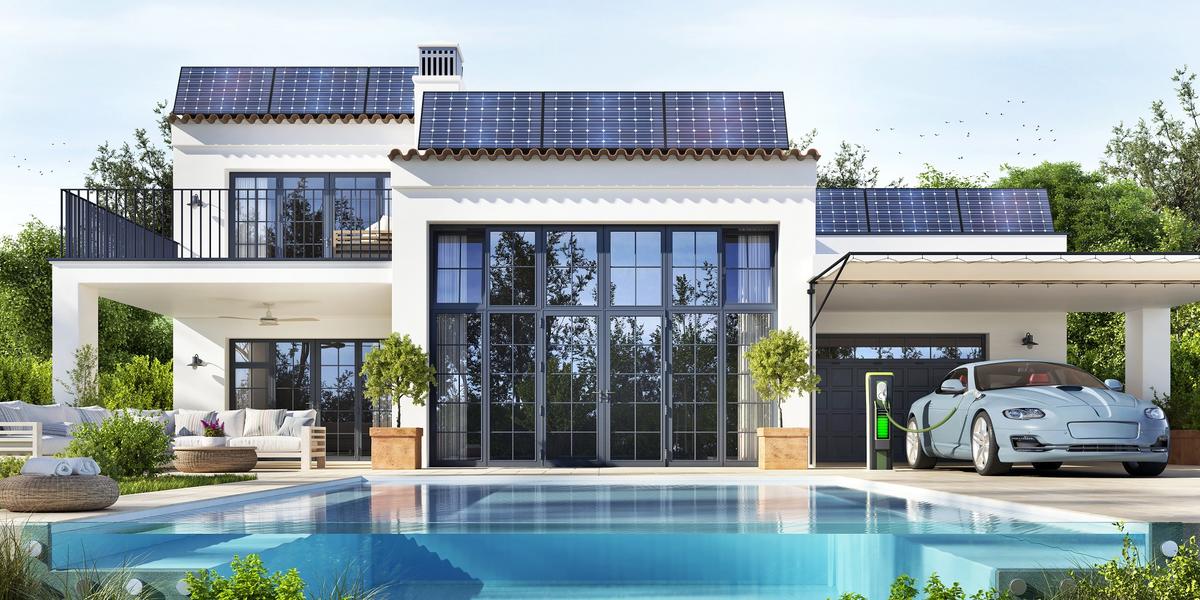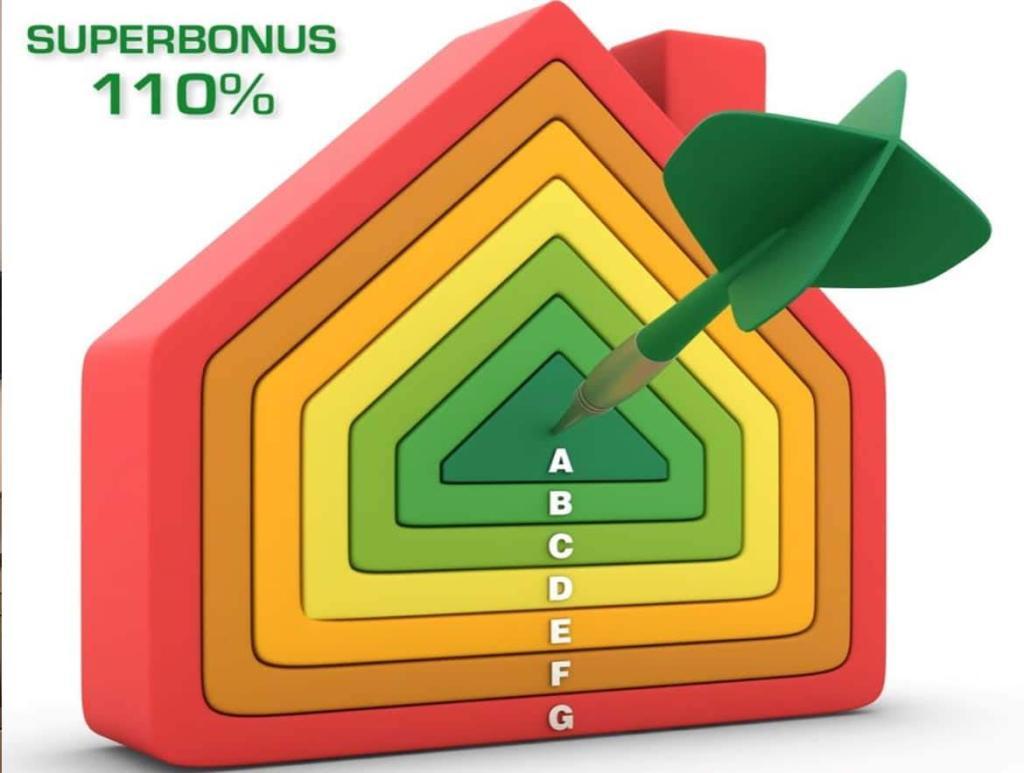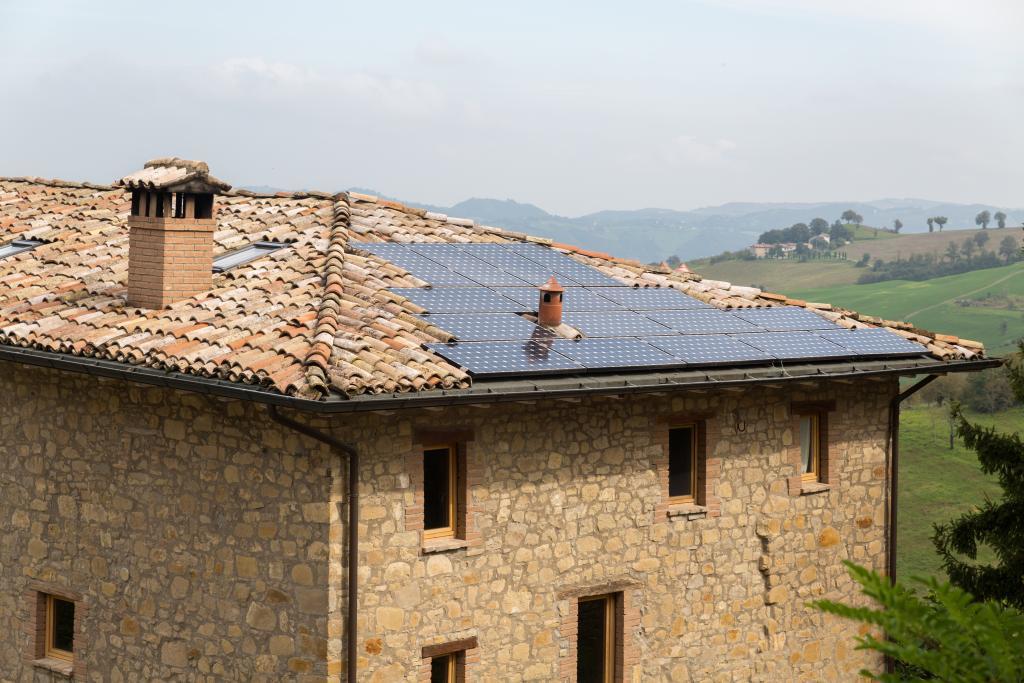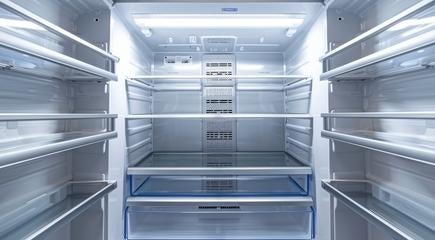Better than Free – Italy Offers 110% Tax Credit for Energy Efficiency Home Improvements

The Italian government is offering several incentives to boost its economy, including towns and villages selling abandoned houses for 1 € in exchange for a commitment to renovate. For people who already own properties in Italy, the Revenue Agency offers a 110% tax deduction, called a Superbonus, for renovations that improve energy efficiency or seismic safety.
The Superbonus 110% tax credit is part of Italy’s "Relaunch Decree" in response to the COVID-19 crisis. It includes Super Sismabonus for seismic improvements, and Super Ecobonus for energy efficiency projects. For the latter, homeowners must carry out at least one so-called “driving” project, such as thermal insulation, an air conditioning system, or a heating system. Electric vehicle charging infrastructures and photovoltaic systems qualify as additional projects.

| Type of Work | Type of Building | Maximum Expenditure |
|---|---|---|
| Thermal insulation | Single property Multi-unit properties (2 to 8 units) Multi-unit properties (more than 8 units) | 50,000 € 40,000 € per unit 30,000 € per unit |
| Heating or A/C system | Single property Multi-unit properties (2 to 8 units) Multi-unit properties (more than 8 units) | 30,000 € 20,000 € per unit 15,000 € per unit |
| Electric vehicle charging station* | ingle property Multi-unit properties (2 to 8 units) Multi-unit properties (more than 8 units) | 2,000 € per unit 2,000 € per unit 2,000 € per unit |
| Photovoltaic systems connected to the grid* | For each housing unit | 48,000 € (2,400 € per kW limit) |
| Storage systems integrated in subsidized photovoltaic systems* | For each housing unit | 48,000 € (1,200 € per kW limit) |
* Need to be done in conjunction with at least one insulation, heating, or A/C project
Of course, homeowners need to prove the energy saving results of the renovation. Energy classification of the building or condo must be raised by at least two classes and demonstrated by an Energy Performance Certificate before and after the construction. Newly constructed buildings do not qualify.
How do homeowners get the money?
The tax benefit is paid out in the amount of 110% of the expenses in four or five evenly divided annual installments, depending on when the expenses are incurred. The credit can be paid in one of three ways:
- As tax deduction toward income taxes.
- As an invoice discount applied to the vendor, up to 100% of the total amount of the invoice. The vendor then receives 110% of that discount amount as deduction.
- As credits transferred to entities like banks and insurance companies. In some cases, these institutions can grant loans to be paid back by the credits.
The Italian government believes that the program can benefit all parties involved. Homeowners can renovate their homes for free, reduce the cost of energy bills and enhance their real estate value. The constructors can increase their turnover, and the government can see improvement in both energy consumption and the economy.
Similar programs are being implemented all over Europe. The European Commission announced its Renovation Wave Strategy as a key initiative of the European Green Deal. It aims to double renovation rates by 2030, resulting in 35 million buildings renovated and up to 160,000 green jobs created in the construction sector.
For more information about Superbonus, download the latest version of the guide published on the Superbonus 110% website and the summary tables from the Revenue Agency (available in Italian).






